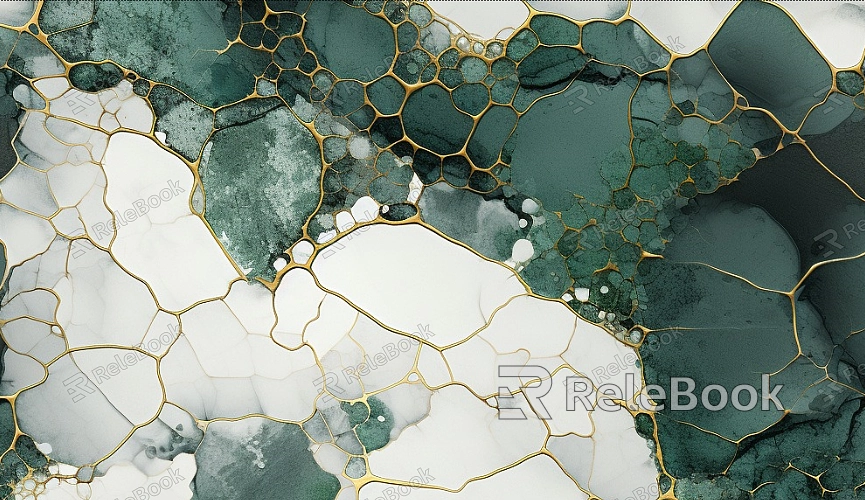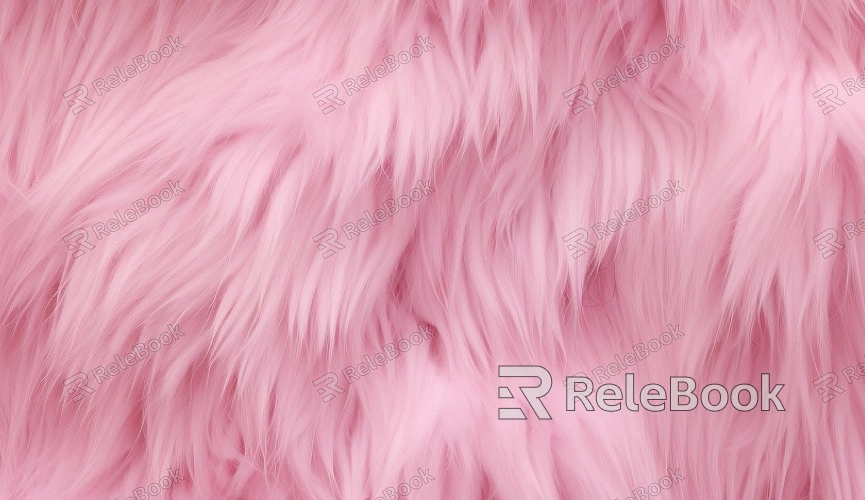How to Create Custom Textures for 3D Assets
Textures play a crucial role in adding detail and realism to 3D models. Custom textures not only enhance the visual appearance of a model but also allow designers to give their work a unique identity. Whether in game development, film effects, or virtual reality projects, creating custom textured 3D assets offers designers greater creative freedom. In this article, we will explore how to create custom textures for 3D assets, covering essential steps from texture painting to material application and optimization. This guide aims to help designers boost their productivity and creative output.

1. Understanding the Role of Custom Textures
Custom textures are vital in 3D design. They not only add fine details to models but also imbue them with a unique style and atmosphere. For example, in video games, the textures on buildings, character clothing, or environmental elements directly impact the player’s visual experience. In film, detailed textures can enhance the immersion of a scene. In virtual reality, texture detail is especially important as it directly influences visual realism and the user’s interactive experience.
2. Preparation: UV Unwrapping and Texture Mapping
Before creating custom textures, the first step is to unwrap the model’s UVs. UV unwrapping is the process of converting a 3D object’s surface into a 2D plane, allowing textures to be mapped accurately onto the model.
Choosing the Right Unwrapping Method: Popular 3D software such as Blender, 3ds Max, and Maya offer various unwrapping methods. Designers must choose the method best suited to the shape of the model to avoid stretching or misalignment of the texture.
Optimizing the UV Layout: A well-organized UV layout prevents overlaps and ensures that the texture can be seamlessly applied across the model. By optimizing the layout during unwrapping, designers can maximize the visual detail of the texture.
3. Creating Base Textures
Once the UV unwrapping is done, the next step is to begin painting or creating the texture itself. Custom textures are usually created using digital painting tools or existing image assets.
Using Texture Painting Tools: Many 3D applications, like Blender, have built-in texture painting tools that allow designers to paint directly onto the surface of the model. The "Texture Paint" mode in Blender lets designers see real-time updates of their painting, significantly improving efficiency.
Importing External Textures: Designers can also import image textures (such as PNG or JPEG files) and apply them to the model’s material. Adjusting the scale, rotation, and placement of the texture allows for precise control over how it fits the model’s surface.
For designers looking to save time and access high-quality 3D texture resources, platforms like Relebook provide a wide range of texture assets to help speed up the creative process.
4. Using Node Systems for Complex Texture Effects
3D software like Blender and Maya support node-based systems to create complex material and texture effects. Using nodes, designers can combine multiple textures and create more intricate results.
Physically-Based Rendering (PBR) Materials: PBR materials ensure that textures behave naturally under different lighting conditions, making 3D assets look consistent across various environments. Using PBR textures—such as metalness, roughness, and normal maps—greatly enhances the realism of a model.
Detail Enhancement: Techniques like normal maps and displacement maps add fine surface details like bumps and wrinkles, making textures appear more refined. These small additions help bring the surface to life and make it more engaging.

5. Adjusting Materials and Texture Properties
Once custom textures have been applied to a model, fine-tuning the material and texture settings is necessary to achieve the best results during rendering.
Adjusting Reflection and Glossiness: Glossiness and reflectivity are key properties that affect the appearance of materials. By adjusting these properties, designers can control the smoothness and reflectivity of the texture, making it look more realistic.
Refining Details: Adding subtle imperfections, cracks, and wear to textures can make them look more natural. These details increase the realism of the asset and add to the immersion of the scene.
6. Optimizing Textures for Performance
In addition to ensuring texture quality, optimizing texture performance is critical, especially when working with large-scale renders or real-time applications. Proper texture optimization can significantly improve rendering efficiency and speed.
Texture Compression: Compressing texture images into formats like PNG or JPEG reduces their file size, improving rendering times without sacrificing quality.
Managing Texture Resolution: Extremely high-resolution textures can consume a lot of memory, impacting performance. Managing resolution and keeping it at a reasonable level helps maintain visual fidelity without overloading system resources.
7. Testing and Adjusting
After creating the texture, it's important to conduct rendering tests to assess how the texture performs in different lighting conditions.
Testing Under Different Lighting: By adjusting lights and shadows in the scene, designers can test how textures look under various conditions, ensuring that they appear natural and realistic.
Fine-Tuning Texture Effects: Based on test results, designers may adjust the texture’s color, brightness, and contrast to achieve the ideal visual effect.
8. Exporting Textures and Models
The final step is to export both the custom textures and the 3D model for use in other software or game engines.
Exporting Textures: Choose the appropriate file format for texture export, ensuring that it maintains its quality and clarity.
Exporting Models: Export the 3D model in formats like FBX or OBJ to ensure compatibility with game engines such as Unity and Unreal, making it easier for integration into the final project.
By following these steps, designers can efficiently create custom textures within 3D modeling software like Blender. Mastering these techniques not only improves texture quality but also ensures that assets can be effectively used across different projects.
If you’re looking for high-quality 3D texture resources, SketchUp models, or 3ds Max models to enhance your 3D scenes, Relebook offers a wide variety of options to help you achieve stunning visual results in your projects.

